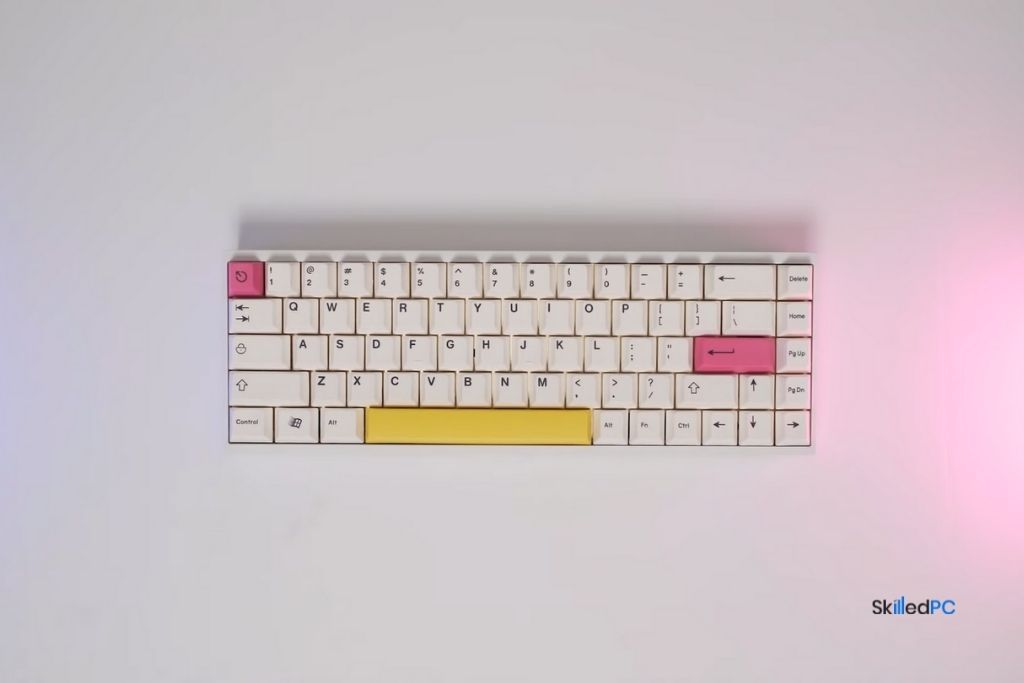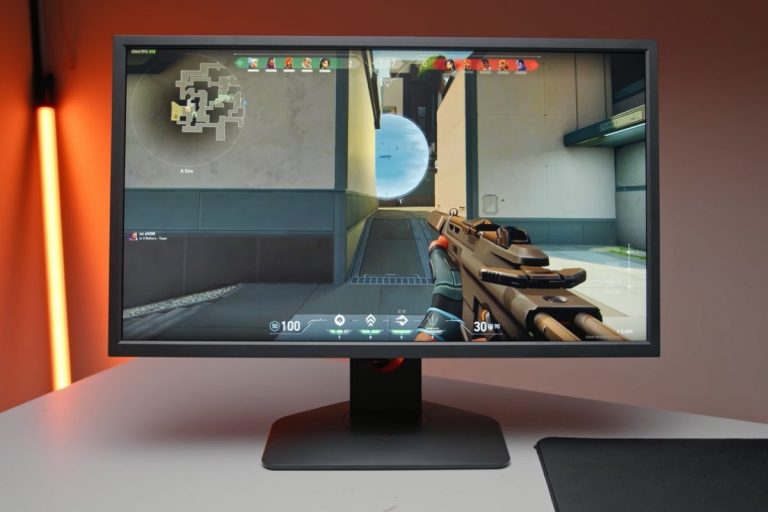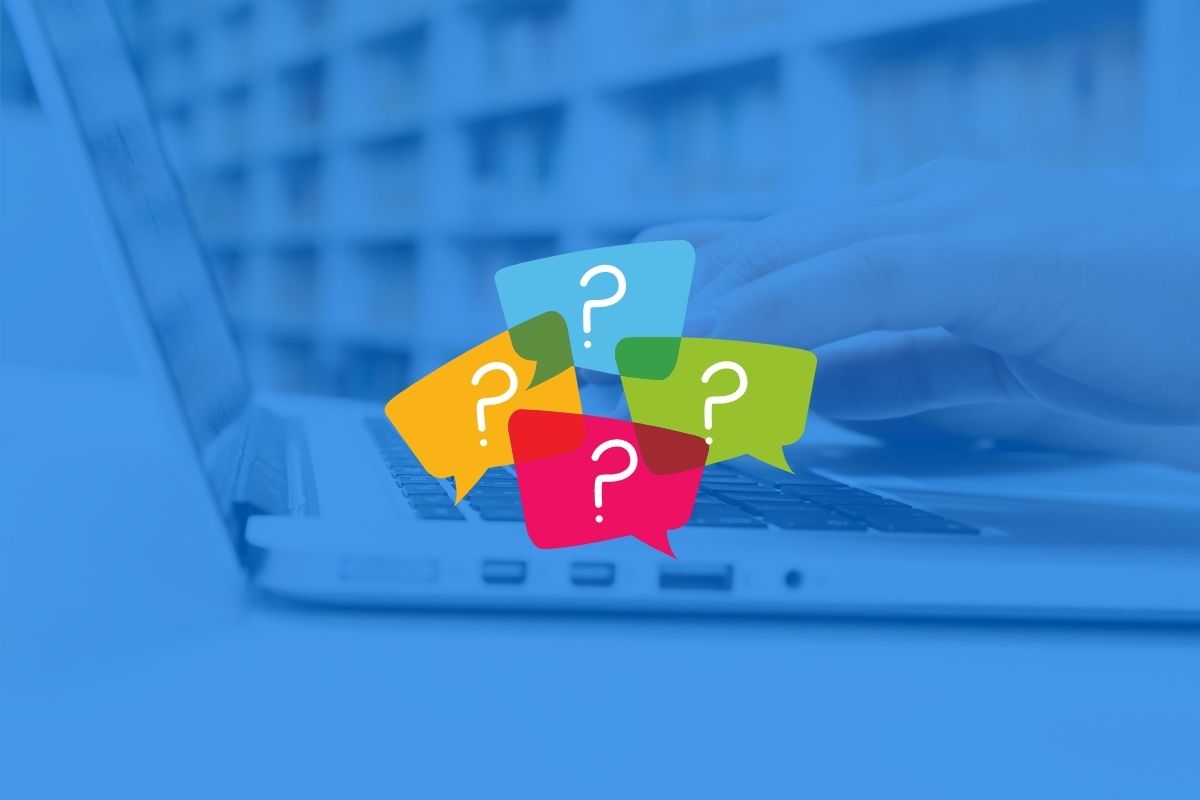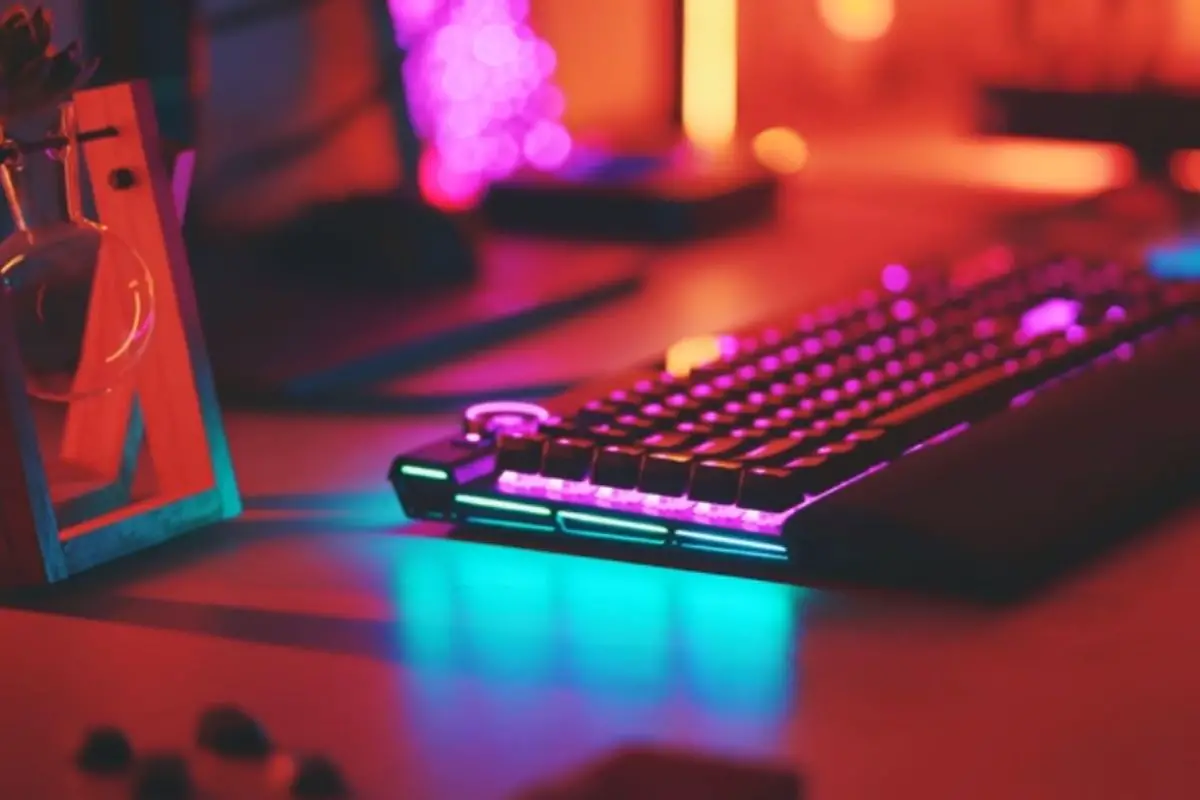As an Amazon Associate, we may earn from qualifying purchases. Our posts may include affiliate links, at no extra cost to you.
A laggy feeling keyboard can make your blood boil when you are on an important task. A keyboard lag in games can really break your experience, especially when you are in competitive play. We usually face input lag in gaming when we press the keys too often. The keyboard lag in navigation keys results in delayed movements of the character and negatively affects the performance. In this guide, we will discuss the reasons and solutions for keyboard lag in games.
Contents
Keyboard Lag In Games
Here are some of the easiest hacks you can try to fix the keyboard lags in games.
Disabling The Filter Keys
One of the biggest reasons behind the keyboard lag in gaming is the filter keys. This is an accessibility feature in Windows that guides it about the repeated keystrokes. If the filter key is enabled in windows, it could be a major reason behind the keyboard lag during gaming, programming, or video editing.
To disable this feature, go to the settings and select the “keyboard settings” option. There you will find the option “Use Filter Keys.” Clicking on this option will open up a window where you will get an option to disable this feature through a toggle button. If the option is already disabled, it means there is something else that is causing keyboard lag.
Keyboard Driver
An outdated or incompatible driver is one of the most common reasons behind the keyboard lag. The outdated drivers create a communication gap between software and hardware, and you have a severe lagging feel. If an outdated driver is an issue, the only solution is finding and replacing drivers. To open the device manager on your computer, press Win+R and then type “devmgmt.msc”.
In the Device Manager, look for the keyboard drivers. Right-click on the is an option and select the option “Update Driver.” If you fail to update the driver, it means the keyboard lag is due to an incompatible or corrupt keyboard driver. It means it is time to reinstall the keyboard driver. Uninstall the current keyboard driver from the computer.
Follow these steps to reinstall a keyboard driver:
- Navigate to the “Control Panel.”
- Then select “Pick Category” and then select “Performance And Maintainance.”
- Select the option System Properties>Hardware>Device Manager.
- In the device manager, locate the “Keyboards” and then double click this option.
- In the new window, select the name of the previous device installed on the device.
- Click the “Action Button” and confirm the device removal.
- Once you click on device removal, select the option “System Settings Change” and then Accept the option “Yes” to uninstall the previous device.
- The computer may restart three to four times while completing the installation of the new drivers.
DISM Command Line-tool
An error in the window Image is another possible reason behind the keyboard lag. You can repair the windows image through DIMS Command line tool. Many people find this trick pretty helpful in resolving keyboard lag issues. Open the command prompt in the computer to run the DISM tool. Use these commands to repair any errors in the Windows Image.
DISM /Online /Cleanup-Image /ScanHealth
DISM /Online /Cleanup-Image /CheckHealth
DISM /Online /Cleanup-Image /RestoreHealth
Keyboard Properties
This is probably the simplest method you can try to fix the keyboard lag. Gaming enthusiasts and power users like video editors and programmers need to adjust the keyboard properties according to their needs. Access the keyboard properties by pressing Win+R and “Enter.” Now open the window of “Keyboard properties.”
Here you should look for two properties, “Repeat Delay” and “Repeat Rate.” For maximum input lag, the Repeat delay should be minimum, and Repeat Rate should be maximum. Create a perfect balance between Repeat Delay and Repeat Rate and then click “Ok.”
Keyboard Troubleshooter
If the drivers are up to date and keyboard properties are perfectly balanced, you can try the keyboard troubleshooter. A keyboard troubleshooter will help you detect all the hardware and software issues and suggest all possible solutions. To run the keyboard troubleshooter, open the “Settings” on your computer.
Then go to Update & Security and select the option troubleshooters. A list of troubleshooters will appear on the screen, and you have to look for the “Keyboard Troubleshooters” in additional troubleshooters. Click on the keyboard troubleshooter, and the troubleshooter will begin to run. It will show up all the issues and possible solutions that might help you fix the keyboard lag during gaming.
What If You Have A Wireless Keyboard?
A wireless keyboard can run you into lagging issues due to different reasons. So if you own wireless keyboards, take a look at these hacks that may help you fix the keyboard lag.

Batteries
A drained or weak battery in the keyboard can lead to input lag in the keyboard. A keyboard battery may lead to lagging issues before it’s completely drained. If you find that your keyboard is slow due to weak or drained batteries, the only option you have is to replace the battery of your keyboard. Equip your keyboard with a high-quality, reliable battery for minimum lag and improved gaming performance.
Weak Connection
The wireless keyboard is connected to the computers via nano USB receivers. A poor wireless connection leads to delayed data transfer and maximum input lag. It is advised to re-sync your USB receiver and see if it helps or not. The next thing you can try is to plug the USB receiver into another port on the system. The current port may lack enough power resulting in a poor connection. Finally, try to place the keyboard close to the USB receiver to improve the connection stability and minimize keyboard lag.
Interference
The wireless keyboard connection is negatively affected by other wireless devices like WiFi routers, cell phones, and Bluetooth devices. To minimize the input lag put these devices away from the keyboard and computer.
FAQs
Final Thoughts
In this article, we have discussed all the possible reasons that can make your keyboard perform slowly. The input lag in the keyboard mostly comes from software issues, and it is advised to keep the drivers up to date for enhanced performance.






